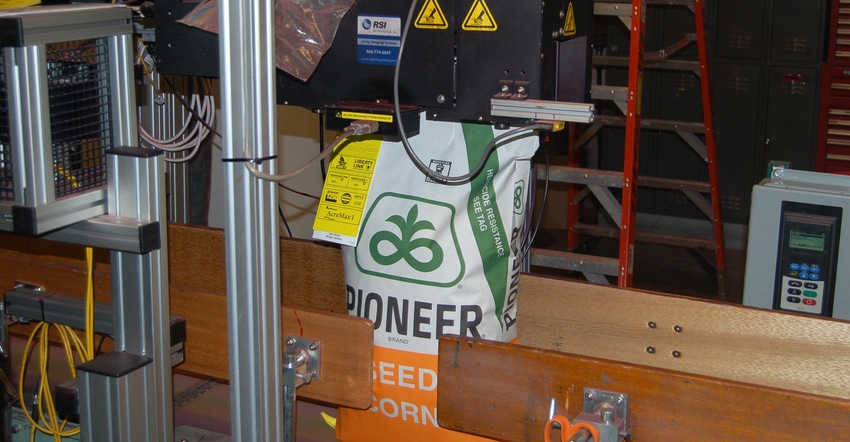April 1, 2019

Breakeven prices are helpful when making crop decisions and developing a marketing plan. They vary substantially by soil type and farm. Without breakeven price information, it’s difficult for a producer to gauge or evaluate market opportunities as crop prices change. This article uses enterprise budget information in the Purdue University Crop Cost and Return Guide to estimate breakeven prices for corn and soybeans by major soil type categories.
Most enterprise budgets use economic costs rather than cash costs. This means that, in addition to cash costs and depreciation, opportunity costs are included. An opportunity cost represents the income that could have been earned if an input was sold or rented to someone else.
Costs to include
Opportunity costs for unpaid family and operator labor, owned machinery, and owned land need to be included in an enterprise budget. The bottom line figure in the budget — either a gain or a loss — represents an economic profit. Over a long period of time, because all inputs such as cash items, depreciation and opportunity costs are being paid at the market rate, economic profit is zero.
If economic profit is positive, input prices will be bid up — like what happened to cash rents from 2007 to 2014 — and economic profit will migrate toward zero. Conversely, if profit is negative, input prices will decline, and economic profit will migrate toward zero.
Using Purdue crop budgets, the estimated breakeven price for corn to cover all costs ranged from $4.08 per bushel for high-productivity soil to $4.96 for low-productivity soil, and was $4.45 for average-productivity soil.
For full-season soybeans, the breakeven price to cover all costs ranged from $9.91 per bushel for high-productivity soil to $12.05 for low-productivity soil, and was $10.67 for average-productivity soil.
Compute actual costs
It’s important to note that the Purdue budget uses average production costs. It’s not uncommon for production costs for individual farms to be 10% below or 10% above the production costs reported in the Purdue budget.
Thus, at a minimum, it’s extremely important to compute production costs for individual farms. Ideally, a producer should compute breakeven costs for each farm unit or tract. It’s also important to compute costs per bushel for major cost items. The six largest cost items for corn and soybeans are: land, fertilizer, machinery, seed, pesticides and labor.
Without information pertaining to cost per bushel, including breakeven prices, it’s very difficult to gauge areas that need the most attention from farm managers and to develop marketing plans.
Langemeier is a Purdue University agricultural economist and associate director of Purdue’s Center for Commercial Agriculture.
About the Author(s)
You May Also Like






